Environmental Engineering Reference
In-Depth Information
(a)
(b)
10
0.06
Cav
Cav−D
Cav−MC−DS
SPP
Sym
Asym
0.05
8
0.04
6
0.03
4
0.02
2
0.01
0
0
400
500
600
700
800
400
500
600
700
800
Wavelength (nm)
Wavelength (nm)
(c)
(d)
10
SPP
Sym
Asym
Cav
Cav−M
Cav−DC−MS
8
10
3
6
4
10
2
2
0
400
500
600
700
800
400
500
600
700
800
Wavelength (nm)
Wavelength (nm)
Fig. 7.11 a The spectral enhancement factors for the plasmonic cavity (Cav) and for that coupled
with the dielectric (D) or the metal-core dielectric-shell (MC-DS) sphere; b the dispersion
relations of surface plasmon polariton (SPP), and a symmetric (Sym) and asymmetric (Asym)
surface wave modes. The surface plasmon polariton propagates at the interface between semi-
infinite polymer and Ag half-spaces. The symmetric and asymmetric modes propagate in the
active polymer layer bounded between the two metal claddings with finite thicknesses; c the
decay lengths penetrated into the active material; d the spectral enhancement factors for the
plasmonic cavity and for that coupled with the metal (M) or the dielectric-core metal-shell (DC-
MS) sphere. 2011 OSA; Ref. [
33
]
has a good overlap with the absorption spectrum of the active material as depicted
in Fig.
7.10
a. The dispersion relation of the cavity resonator plays a key role in
unveiling the fundamental physics of the significant optical enhancement.
Different from previous works assuming infinitely thick metal claddings [
86
], we
take into account the finite-thickness effect of the metal claddings. The governing
equation for the 1D eigenvalue problem of the Air/Ag/polymer/Ag/Air planar
layered media is given by [
59
]
/
ð
x
Þ¼
K
z
/
ð
x
Þ
dx
p
1
d
d
dx
þ
K
2
ð
x
Þ
p
ð
7
:
47
Þ
where p
¼
e and /
¼
H
y
for TM wave, and p
¼
l and /
¼
E
y
for TE wave. The
eigenvalue equation (
7.47
) can be easily solved by the FDFD method with per-
fectly matched layer absorbing boundary conditions presented in
Sect. 7.3.2
.We
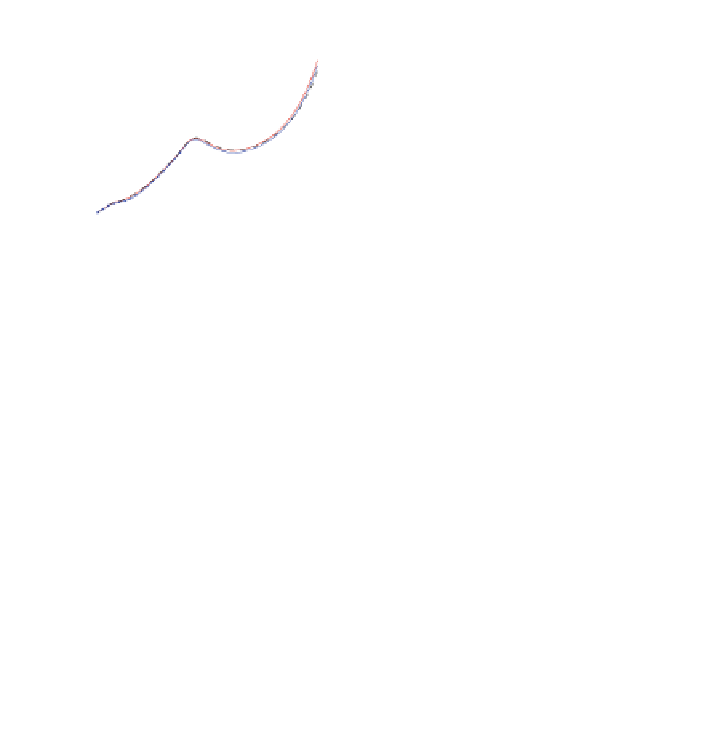




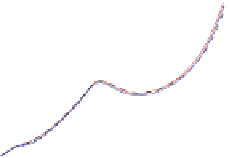




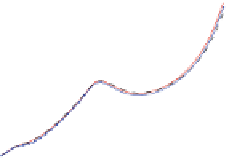




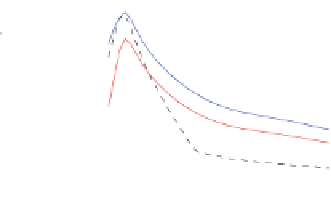



















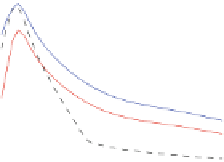









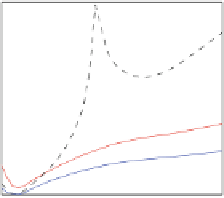



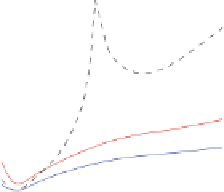
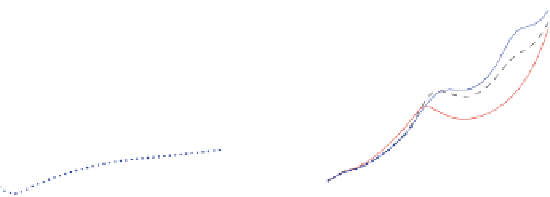







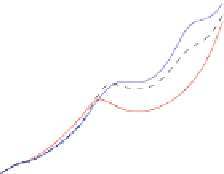







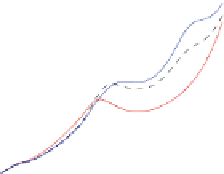






































































































































Search WWH ::

Custom Search